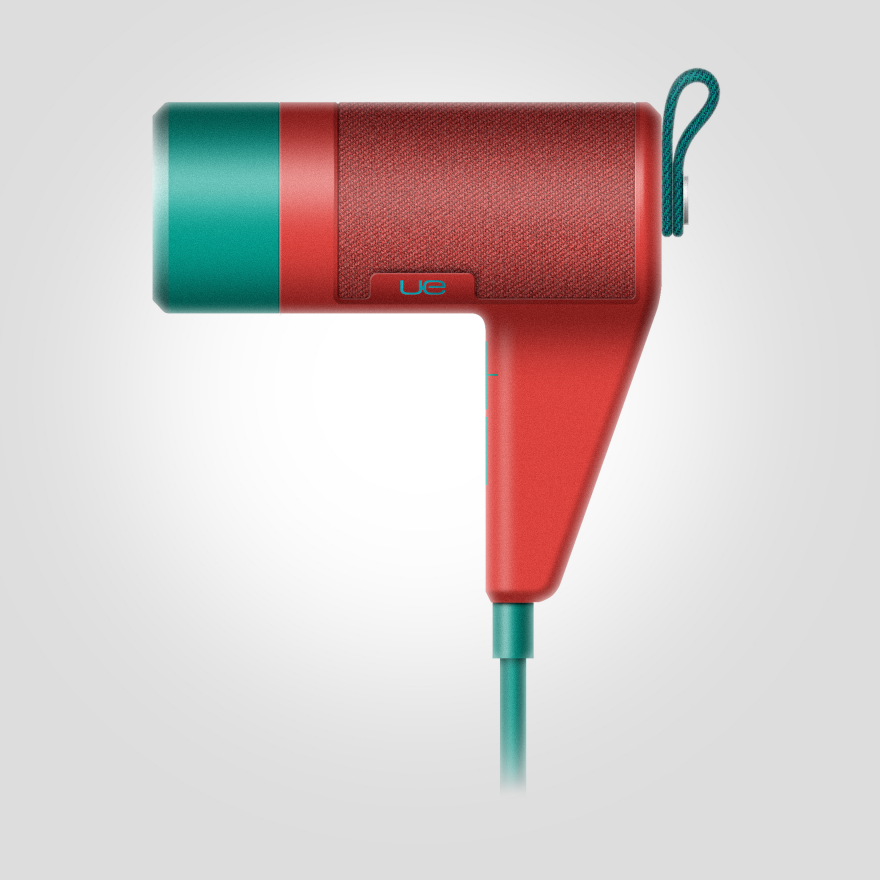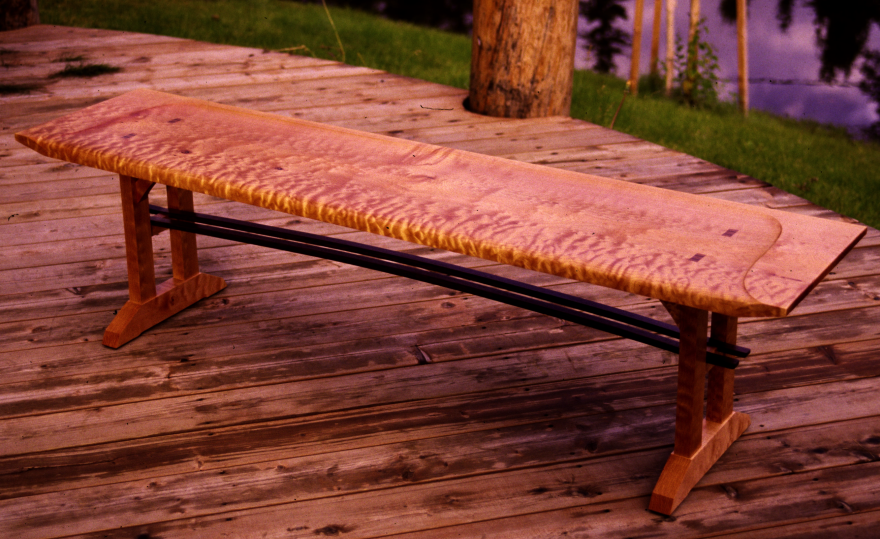Think about this: We humans have been on the planet for about 200,000 years. For most of that time, the only way to travel long distances was by walking, riding an animal, or having an animal drag some rickety thing you built.
We still managed to spread far and wide as a species, colonizing the far corners of each continent just by hoofing it. But our progress came to a halt when we reached the deep blue stuff surrounding each continent.
To get across water you need to build something more challenging to operate than a donkey cart. For one thing, there's no way to get an equine to drag it, and your stupid idea to harness sharks for the task is going to end badly. That means the power has to come from humans. If you want the craft to travel far, that means a lot of power, which means more humans. So the thing has to be big enough to hold a large group of guys with impressive triceps and lats.
For raw materials to build the thing, you've got your choice of rocks, trees, grass, dirt or dead animals. There was early usage of animal-skin boats in Arctic regions, but wood, which is both sturdy and naturally floats, became the go-to material for regions with trees. The crucial step, as with shelter-buildling, was that we had to learn how to work wood and bend it to the task at hand. With no Industrial Revolution in sight, we had to develop tools and study the material closely to figure out how to make it do what we wanted.
The Egyptians and the Chinese figured out how to turn wood into seaworthy boats, but few examples have survived the centuries, and expertise on their techniques is slim. However, the documentation for what the Vikings, one of history's first undisputed naval powers, managed to pull off starting in the 9th Century is far better.
Viking ships were absolute marvels of design and engineering. They were both functional and beautiful. As an example of the former, they were designed to be more or less symmetrical from bow to stern, meaning they could reverse direction simply by changing the direction of motive force. As an example of the latter, simply look at their sleek overall forms, not to mention the mike-dropping touch of the dragon heads.
The Vikings had different styles of boats, from warships for raiding parties to funerary boats to proper cargo-carrying vessels (gotta get that plunder home somehow). What their boats all had in common was that they were lightweight, fast and strong. They were sturdy enough to make it across the open ocean from Scandinavia all the way to Iceland, and from Iceland to Greenland (and, some say, all the way to North America).
![]()
That the Viking ships were both strong but light is due not only to their design, which we're admittedly going to gloss over here (though earlier we looked at their excellent carry-on baggage policies), but closely tied to the way that the wood used to build them was actually processed. If you're an industrial designer today and molding a part, your knowledge of injection molding and understanding of how plastic behaves enables you to yield the most desirable part that the technology and material is capable of. The Vikings were no different, and studied the wood to gain a comprehension of how the material would best serve.
![]()
Rather than sawing oak trunks into planks, the Vikings rived them. Riving is when you split the wood by driving wedges into it along the grain, splitting the log first in half, then splitting the halves into quarters and the quarters into eighths. Where the log divides is not determined by the line of a sawblade, but by where the grain will naturally split, keeping the resultant pieces stronger by virtue of their common grain direction.
By hewing the resultant wedges down, the maker would eventually wind up with a parallel-faced quartersawn board. Here's what the process looks like, followed by a quick CG animation of how the boards were integrated into the ship:
Quartersawn is the hardiest, most stable cut of board there is. The Vikings could reportedly mill these quartersawn boards to as little as an inch in thickness, which was thin enough to bend into shape for the swoopy forms of their ships, strong enough not to break, lighter than a thicker board, and would not warp.
Riving is still practiced today by woodworkers, as it yields strong and stable boards. Another neat effect is that, well, rived boards look pretty darn cool. Missouri-based James E. Price, an expert in old-school woodworking techniques, recently gave a demonstration at the Institute for Traditional Ozark Crafts. Check out this box he made from rived boards for the event, captured by WK Fine Tools:
It's even got a removable partition in the middle:
If you're thinking of trying riving yourself from smaller portions of wood, Maine-based Lie-Nielsen Toolworks produces a froe for the purpose, demonstrated below by Peter Follansbee. The process is a lot quicker than what we saw above, where they're starting from scratch:
When you're starting with a full log, the issue with riving is that it takes freaking forever, as you saw in the first video above. As you can imagine, it took both a lot of time and manpower for Viking shipyards to produce fleets.
Other rising naval powers wanted a faster way to transform logs into planks. Next we'll look at the wood-splitting method that succeeded riving.
![]()














































































































